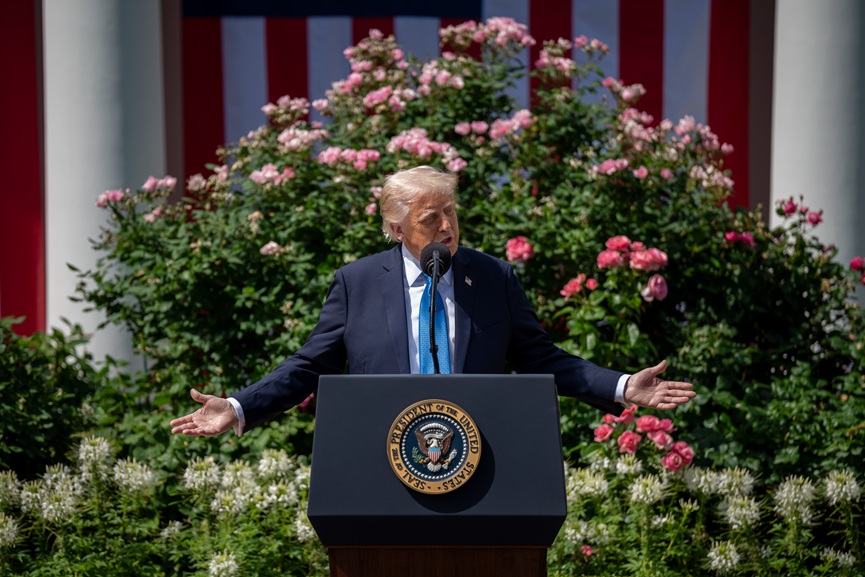Washington: US President Donald Trump has signed a sweeping executive order reimposing ‘reciprocal tariffs’ on imports from dozens of countries.
The new tariffs, announced in a White House statement titled Further Modifying the Reciprocal Tariff Rates, apply to imports from 69 countries and territories and range between 10 and 41 percent. Most of the tariffs will take effect on August 7, while a separate and immediate hike on certain Canadian goods will begin on August 1.
“These measures are necessary to restore fairness and reciprocity to the U.S. trade system. The continued lack of reciprocity in our bilateral trade relationships demands decisive action,” Trump declared in the official statement.
The decision, framed as a response to a national economic emergency first declared under Executive Order 14257, replaces earlier tariff rules set on April 2 and comes just before the expiration of the existing legal authority to adjust trade rates.
According to trade policy experts, the tariffs are expected to hit both U.S. adversaries and allies, with countries categorized and penalized based on their trade balance with the United States.
FURTHER MODIFYING THE RECIPROCAL TARIFF RATEShttps://t.co/KvK7L8Xig9
— Rapid Response 47 (@RapidResponse47) July 31, 2025
Nations with which the US maintains a trade surplus will face a standard 10 percent universal tariff, while those with trade deficits will see rates starting at 15 percent.
Notable country-specific rates include:
- India: 25%
- Taiwan: 20% (down from 32%)
- Pakistan: 19% (down from 29%)
- Switzerland: 39% (up from 31%)
- Syria: 41%
- Myanmar: 40%
- Iraq and Serbia: 35%
- Algeria, Bosnia, Libya, South Africa: 30%
Major US allies like Australia and the United Kingdom will face the 10 percent baseline, though experts note that even this modest tariff could impact trade volumes.
In a separate executive order, the Trump administration raised tariffs on Canadian goods from 25 percent to 35 percent, accusing Ottawa of failing to stem the flow of illicit drugs, specifically fentanyl, into the United States.
“Canada has not cooperated in efforts to stop the ongoing flood of fentanyl and other illicit drugs crossing into our communities,” the White House said in an accompanying fact sheet. The tariffs take effect immediately and apply to a range of Canadian exports, though a detailed list has yet to be published.
The new tariffs arrive just hours before the legal authority to modify rates was set to expire at 12:01 a.m. on August 1. Without the new executive orders, tariffs would have reverted to the broader “Liberation Day” rates announced on April 2.
Tuvimos una muy buena llamada con el presidente de Estados Unidos, Donald Trump. Evitamos el aumento de aranceles anunciado para mañana y logramos 90 días para construir un acuerdo de largo plazo a partir del diálogo.
Me acompañaron Juan Ramón de la Fuente, secretario de… pic.twitter.com/in3W4eAICN
— Claudia Sheinbaum Pardo (@Claudiashein) July 31, 2025
Notably, China and Mexico were not included in the latest list of tariffs. Officials said negotiations are ongoing. US and Chinese representatives met this week in Stockholm, where discussions reportedly stalled. If no agreement is reached by August 12, China will face an additional 30 percent tariff on most of its exports to the US.
Meanwhile, Mexican President Claudia Sheinbaum announced that her country secured a 90-day extension to continue trade negotiations with Washington.
The Trump administration is also drafting new rules of origin to prevent “transshipment,” a practice where goods are routed through third countries to circumvent tariffs. These rules are expected to be unveiled in the coming weeks and could further complicate international trade routes.


























